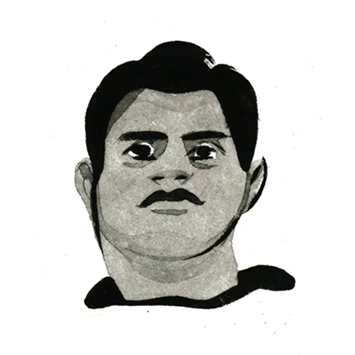
` Saurabh Srivastava, 30
Voice and gestural interfaces could make digital technologies available to the world’s poorest people.
More than 750 million people lack basic reading and writing skills. Saurabh Srivastava, a researcher at Xerox India, has been prolific in crafting technologies that could eventually make it easy for people with limited literacy to obtain information and use online services by simply speaking into phones or making gestures picked up by inexpensive cameras.
Building such interfaces is very hard because of the wide variation in cultural norms, not to mention languages and dialects. In some of his most recent work, in the rural Assam province, Srivastava investigated a system pregnant women might use to disclose medical problems to a Web interface that could refer them to free tests and services. The system used a $150 Microsoft Kinect camera to detect arm gestures, which in turn controlled displays of information.The display included animated representations of female health aides to guide the patients. Among the findings: the system should not require any gestural input that involves shoulder movements, since shoulders were often obscured by the women’s saris. And when indicating medical complaints (say, a headache), women didn’t understand why they should point to an on-screen picture of a head, but instead would point to their own head.
Improving health services this way could make a dent in big problems—such as the fact that nearly 63,000 women in India die in childbirth every year.
—David Talbot
Watch this Innovator at EmTech 2015
Meet the Innovators Under 35
